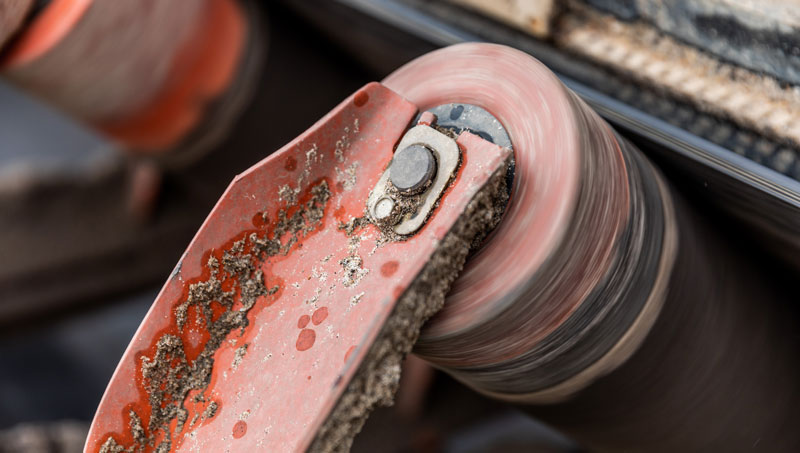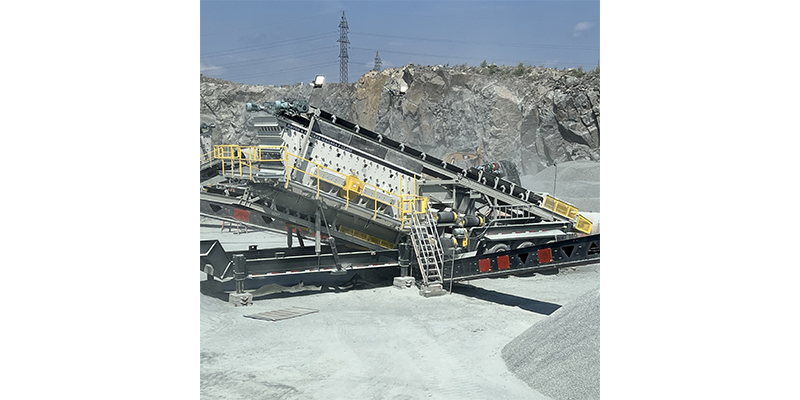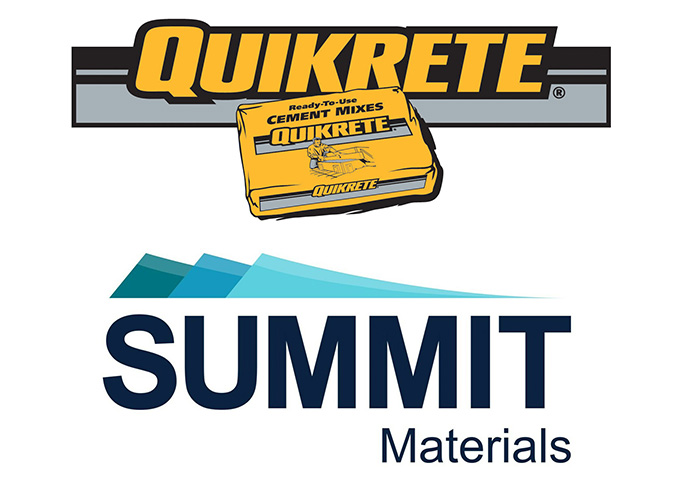Advancements in idler bearing seal design have led to elevated uptime and belt protection for today’s aggregate producers.
Because idler bearings may fail due to load or premature fugitive material contamination – or both – seal design is a factor to consider, especially when processing in extremely wet or dusty applications.
Capital Sand Company, one of Missouri’s largest producers, is finding that new application-specific seal technologies extend idler life even in the toughest, high-impact operating conditions.
Capital Sand operates three frac sand facilities designed for high efficiency at the lowest operating costs. As such, plant manager Brandon Baker frequently fine-tunes the operation in Jackson to maximize cost efficiency.
As an example, Baker says his crew had been tackling a troublesome maintenance issue involving frequent idler bearing failures at a critical wet feed hopper conveyor belt.
“Just about anytime we would inspect the belt, there was a roller set making noise with bearings going out,” Baker says.
Consider that a contaminated bearing causes friction, slowing the idler’s rolling action and causing excessive wear. If the idler locks up, it leads to flat spotting, or sharp edges on the idler cans that can cause costly belt damage and potential belt failure.
Seal technology solutions
Ultimately, Capital Sand switched from a standard seal design to the Titanium idler bearing seal technology for the most abrasive, high-impact spot in its plant.
Idlers with SpinGuard Titanium seals, manufactured by Superior Industries, are installed at the wet feed hopper conveyor belt.
Following more than a year of use, the new idler sets are still in place and the operation is minimizing maintenance downtime by eliminating the need for frequent – even daily – shutdowns to replace failed idlers.
According to Baker, the new Titanium seal technology is effective at addressing the maintenance challenges his crew faced at the wet feed hopper. Material discharges from the hopper gate, and feed is metered by a variable-speed drive onto the belt.
“The belt doesn’t run very fast, which puts a lot of weight on the rollers at a slow rpm,” Baker says, noting that the feed material is stickier at that point as it still contains clay materials that have yet to be rinsed out.
Even with moderate carryback and sand buildup to deal with, Baker says the biggest challenge is the low rpm and impact issue. The Titanium idler seals are a welcome solution, he says, with Capital Sand having plans to install the seal technology within the wet feed hopper systems at each of its frac sand plants.
Next-generation seals
Superior Industries launched its SpinGuard Titanium seals after nearly a decade of seal design testing and development.
According to Superior’s engineers, the technology combines the best of wet and dry seal technologies with additional contact seals to maximize contamination resistance. This allows producers to more than triple the life of their idlers, Superior says.
Whether the use of the new idler bearing seal technologies is conveyor specific or plantwide, Superior says they make a difference for producers in that they can run for more than a year without a conveyor rebuild. The result is maximum belt protection, greater uptime and a boost in profitability.
Related: Tips for making your conveyor components last
Carol Wasson is a veteran freelance writer for the aggregate and construction equipment industries.












